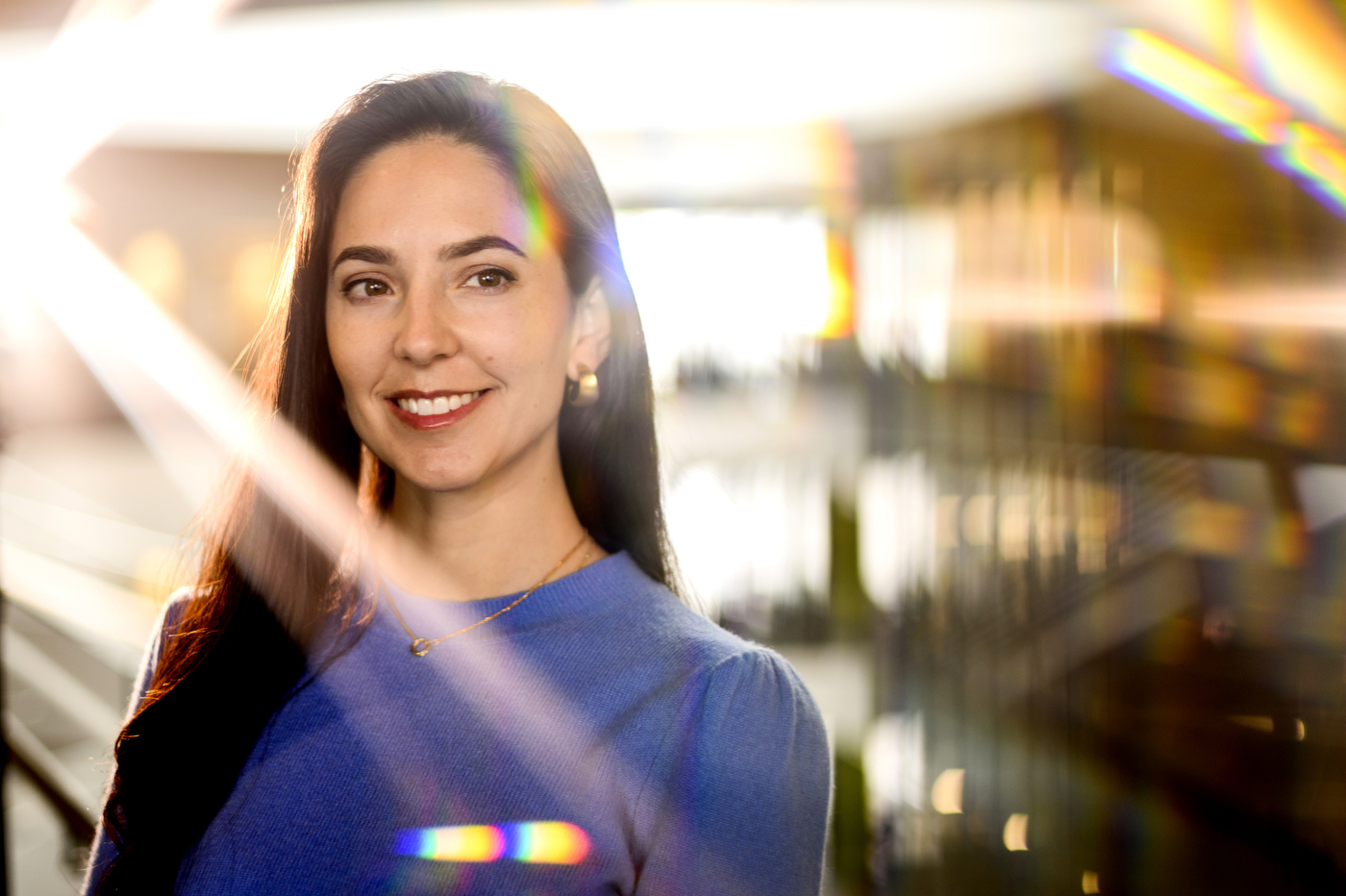Alexandra Rodman wants to understand why “75% of all mental health diagnoses occur during the adolescent years.” What makes us, as humans, so vulnerable to social stressors in the years following puberty?

Rodman, an assistant professor in the department of psychology and Center for Cognitive and Brain Health at Northeastern University, points to what she calls a “window of plasticity” in the adolescent mind, when the developing brain is particularly responsive to life experiences.
Adolescence is a more prolonged period than most realize. It begins with the onset of puberty but only ends as an individual “settles into our independent roles in society, where our day to day becomes more routinized,” she says.
If what defines the end of adolescence seems vague, that’s partly by design. It’s “quite a gradual process,” Rodman says. “Some developmental cognitive neuroscientists would put it at 25 or even 30 [years old], because that window of neural plasticity is still closing.”
But this hasn’t always been the case. “You can imagine,” Rodman continues, that “at other points in our history, adolescence wasn’t as protracted,” as people entered adult roles earlier in life.
Culture, society and technological change can all have a dramatic effect on adolescence and on the malleability of the human brain.
Crucially, “certain experiences during adolescence may tip the scales for some kids and increase their risk for psychopathology,” Rodman says. So how has the information age changed adolescent mental health risks?
Social media and, more generally, “socializing through smartphones,” Rodman says, represents an unprecedented shift in the way adolescents experience the world. But it’s not necessarily bad. And simple metrics like “screen time” don’t present the whole picture.
“The truth of the matter is,” she says, “living life out in the world can result in good and bad experiences, and social media and other ways of socializing online are really just a vehicle through which [adolescents] live out their life now.
“That’s why it’s so important to understand the ‘hows’ and the ‘whys,’ and try not to oversimplify this complex behavior.”
To explore just how social media affects the mental health of adolescents today, Rodman has received a transition grant from the National Institute of Mental Health, which supports researchers in their final years of postdoctoral training through the first three years of their professorship.
Using the funds from the award, Rodman’s Social Development and Wellbeing Lab will conduct a “digital phenotyping” study to track how adolescents use social media and their digital devices, and look for correlations between this usage, the developing brain and increased risks to their mental health.
In addition to digital phenotyping, Rodman will use functional MRI (fMRI) experiments “to understand how teens process social information.” She is especially interested in “peer victimization,” which includes situations like bullying and social ostracism.
Collating eight months of data per participant — including smartphone usage, fMRI studies and the current state of participant mental health — is a huge undertaking, which the grant will assist with. “Digital phenotyping studies and fMRI studies are incredibly costly, in part because you have a tremendous amount of data to collect from participants, some of which is passive and some that requires their responses.”
But a project like this one is also time intensive. “You need highly trained staff and graduate students to help secure, process and analyze the many streams of data. It’s ‘big data’ at every level.”
Perhaps even more importantly, because the grant supports researchers in transition, Rodman says its purpose “is to really kick your lab into gear right away, to be set up for success for future funding and to be a humming research machine” from the very beginning.
In fact, Rodman deferred her appointment to Northeastern by a year, which “allowed me to soft launch, where I did a lot of hiring and planning,” she says. And she credits Northeastern for supporting her “to really focus on this project and all my research activities.”
Rodman expects this first project, combining digital phenotyping and fMRI experiments, to take two-to-three years — and that’s just the data collection phase. “We hope this study will reveal risk and resilience factors,” she says. “By leveraging machine learning and predictive modeling techniques, we can actually use these data to predict who is at risk and when, and tailor specific, personalized interventions for optimal impact.”
“Now that I’ve started,” she says, “it feels like I really am able to hit the ground running.”
Noah Lloyd is a Senior Writer for NGN Research. Email him at n.lloyd@northeastern.edu. Follow him on Twitter at @noahghola.
